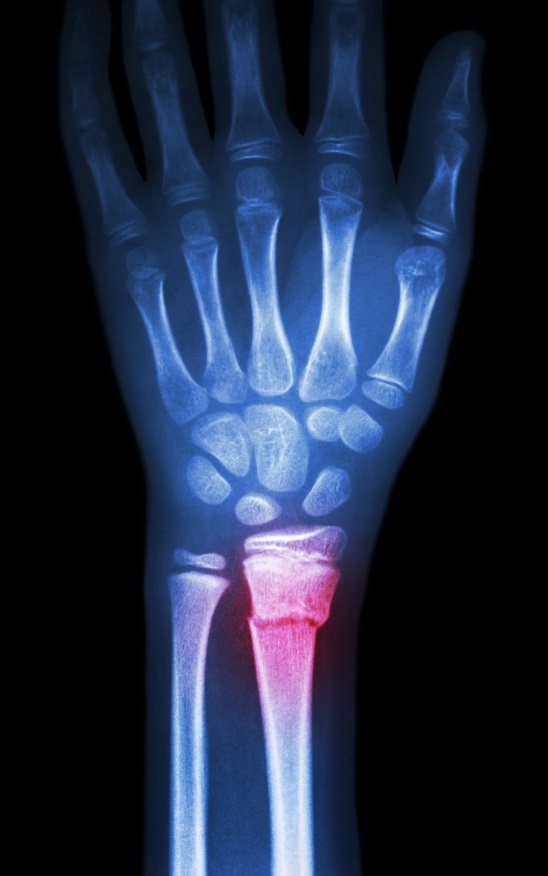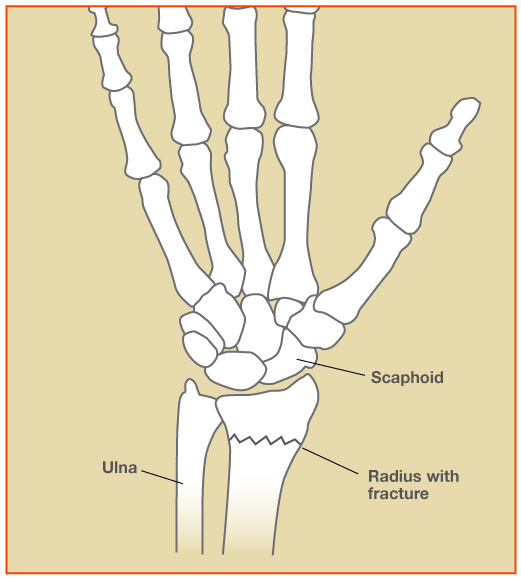

You may need a second cast if you have a complex break. Regular X-raysĮven after a cast has been placed, expect regular X-rays to ensure you’re healing as you should. Our doctors then likely will place a cast on the wrist, which you should plan to wear for 6-8 weeks. You may need to wear a splint for a few days, or a week, while the swelling in your wrist reduces. While everyone’s healing process is different, you can generally expect the following during recovery: Splinting or casting Fitzgibbons, MD, is fellowship-trained in both orthopedic trauma and hand surgery and is especially qualified to help you. Treatment depends on the type of fracture you’ve experienced, the extent of damage, your current health, and whether nerves were affected. If you’ve broken your wrist, you’re not alone - one of every 10 bones broken in the United States occurs in the wrist.Īt Maryland Orthopedic Specialists, we’re ready to help diagnose and heal your fracture. The radius usually breaks low on the bone, near where it connects to the bones of the hand on the thumb side of the wrist. People with osteoporosis are also at great risk of a wrist break. But the radius - the larger of the two bones in your forearm - is most commonly affected when you fall during contact sports, biking, skiing, or inline skating. The wrist is made up of eight small bones and a fracture can happen in any of them. Open reduction technique involves directly accessing and aligning the broken bones through an incision.If you’ve broken your wrist, you most likely have a distal radius fracture. Surgical therapy is recommended for fractures that are completely displaced and cannot be corrected with a cast. After the cast is removed, the doctor may recommend physical therapy to help improve the function and motion of your injured wrist. The healing process will be monitored with regular X-rays. The cast may be changed after a few weeks as it loosens with the reduction in swelling. The splint may be used initially for a few days till the swelling subsides, after which a cast may be placed. After the alignment of the bones, your doctor will place a splint or cast on your arm. For this, your doctor may perform closed reduction, which involves moving the broken bone pieces into place and straightening the bone without opening the skin. If the broken bones are nonaligned, realignment of the broken fragments may be required. If the bone is aligned properly even after the fracture, a plaster cast may be enough to allow it to heal on its own. The choice of treatment will depend on your age, level of activity, nature of the fracture, and your surgeon’s preference.

You can protect your wrist with a splint and apply an ice pack while keeping the wrist elevated until the doctor examines it. Sometimes, a computer tomography (CT) scan may be required to get a detailed view of the fractured fragments. Your doctor will diagnose distal radius fractures by ordering an X-ray of the wrist to detect broken or displaced bone and determine the number of pieces the bone is broken into. How is a Distal Radius Fracture Diagnosed? The broken wrist may also appear deformed. The symptoms of distal radius fractures include bruising, swelling, immediate pain and tenderness, and limited mobility. What are the Symptoms of Distal Radius Fractures? Major trauma to the wrist during a vehicular accident.Minor falls with the presence of osteoporosis (fragile bones).What are the Causes of Distal Radius Fractures?įalling on an outstretched arm is the most common way to fracture the distal radius. Comminuted fracture: Bone fractured into more than two pieces.
#Wrist distal radius fracture skin#
Open fracture: Fractured bone that breaks through the skin.Extra-articular fracture: Fracture not extending into the wrist joint.Intra-articular fracture: Fracture extending into the wrist joint.Other types of distal radius fractures include: The most commonly occurring distal radius fracture is the Colles fracture, which is characterized by an upward tilting of the broken radius bone. The distal radius can get fractured in various ways, but it generally occurs around 1 inch from the distal end of the wrist. What are the Different Types of Distal Radius Fractures? The region towards the wrist is called the distal end. The radius is the larger of the two forearm bones. The forearm consists of two bones, the radius, and ulna.


 0 kommentar(er)
0 kommentar(er)
